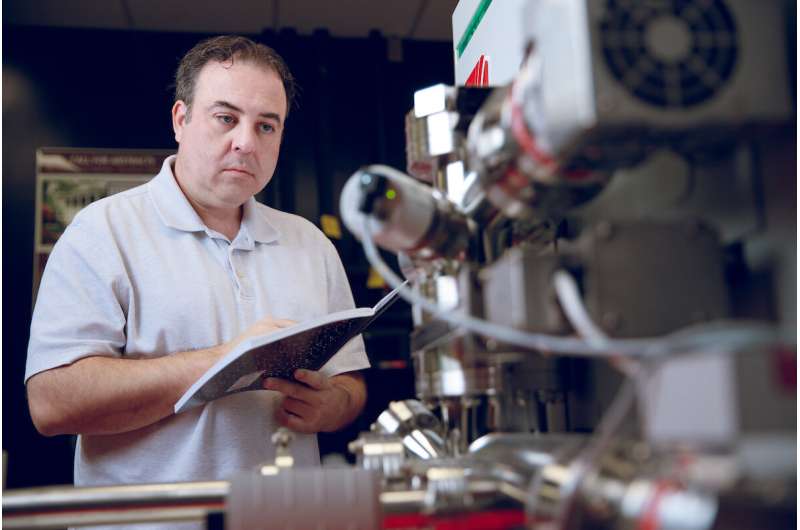
The University of Alabama has shown a method that can provide strong data in determining the origin of life on Earth and the existence of life on other planets.
According to findings published in the Proceedings of the National Academy of Sciences, trace elements of early life can be found in rocks and minerals, which could help determine when life began on Earth.
It can be difficult to decide if an ancient tiny crystal in a rock was made by a group of organisms or by another. In a study led by Dr. Perez-Huerta, researchers were able to identify the chemical marks left by thebacteria that differentiate the crystals from those formed in a geological process.
According to the findings, the method could be used on samples from other planets, such as a meteorite, to determine if there was once a colony ofbacteria in the sample.
According to Perez-Huerta, previous studies have argued for a link between the origin of life and minerals. Scientists can see direct evidence of the link thanks to our approach. A lot of valuable data about how life appeared millions of years ago on Earth can be unlocked.
The Alabama Analytical Research Center is a research facility that studies materials that can be 1,000 times smaller than a human hair. There are atom probes that show a 3D atomic map.
It has been difficult to study organic materials because of the question of when life emerged on Earth. The earliest rocks are believed to be 3.8 billion years old and could contain evidence ofbacteria. It is not clear what type ofbacteria was the first to form.
It's the most likely place to find the early microbes. A type of lifeform called magnetotacticbacteria form magnetic crystals inside themselves to align with the Earth's magnetic field. It has been difficult to tell if a crystal came from the bacterium or not.
The project showed the trace of elements carbon and nitrogen left by the magnetotacticbacteria in samples with organic crystals.
The key building blocks can be found at this small scale. These biosignatures allow us to understand the primitive life forms that began evolution.
More information: Alberto Pérez-Huerta et al, Biogeochemical fingerprinting of magnetotactic bacterial magnetite, Proceedings of the National Academy of Sciences (2022). DOI: 10.1073/pnas.2203758119 Journal information: Proceedings of the National Academy of Sciences